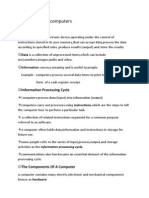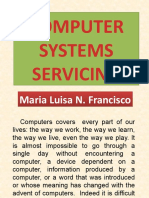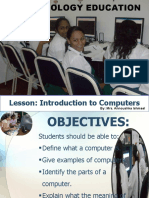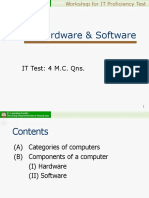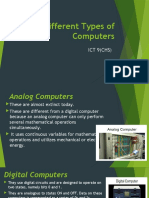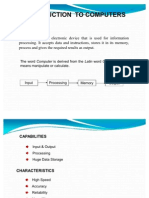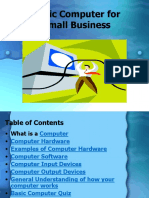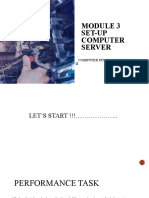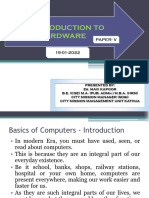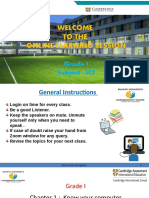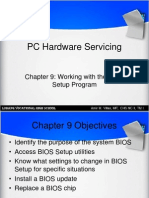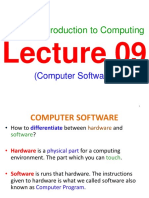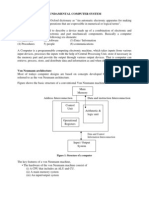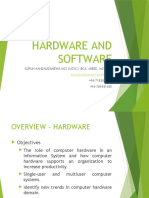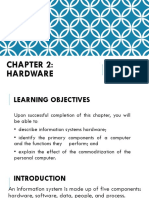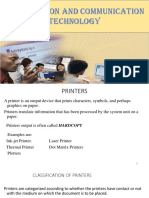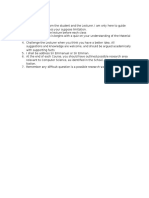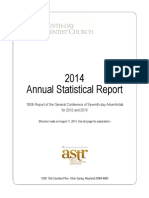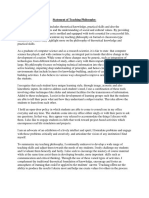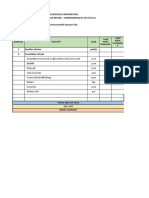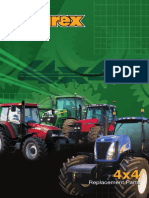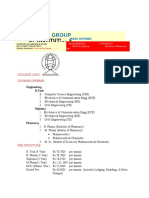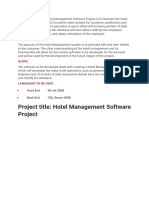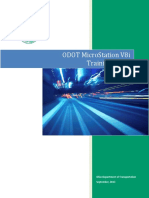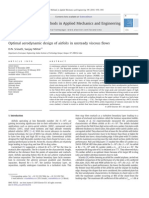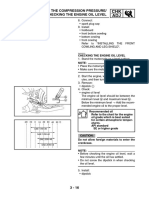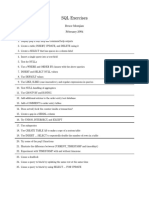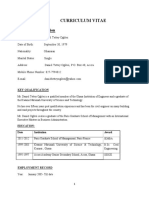80% found this document useful (5 votes)
746 views43 pagesBasic Computer Concepts
A computer is an electronic device that accepts data as input, processes that data, produces output, and stores the results. It has four main components: input devices like keyboards and mice, output devices like monitors and printers, a system unit containing the processor and memory, and storage devices like hard drives and flash drives. The operating system manages the computer's basic functions and allows users to run application software for specific tasks. Hardware refers to the physical parts of a computer while software refers to the programs and instructions that make hardware functional.
Uploaded by
Emmanuel Oppong AfriyieCopyright
© © All Rights Reserved
We take content rights seriously. If you suspect this is your content, claim it here.
80% found this document useful (5 votes)
746 views43 pagesBasic Computer Concepts
A computer is an electronic device that accepts data as input, processes that data, produces output, and stores the results. It has four main components: input devices like keyboards and mice, output devices like monitors and printers, a system unit containing the processor and memory, and storage devices like hard drives and flash drives. The operating system manages the computer's basic functions and allows users to run application software for specific tasks. Hardware refers to the physical parts of a computer while software refers to the programs and instructions that make hardware functional.
Uploaded by
Emmanuel Oppong AfriyieCopyright
© © All Rights Reserved
We take content rights seriously. If you suspect this is your content, claim it here.
/ 43

